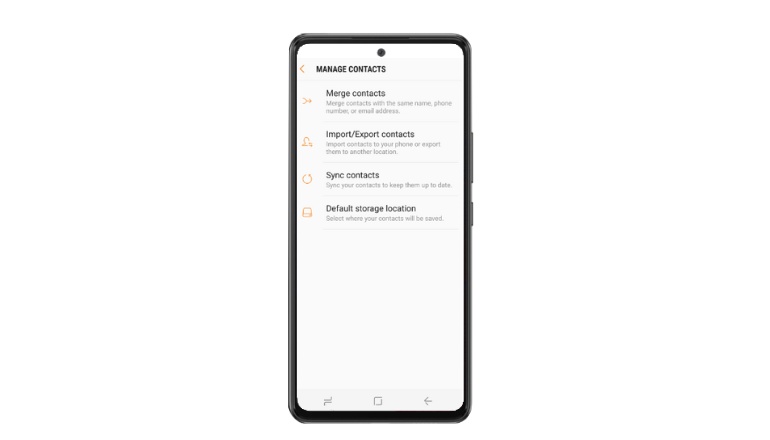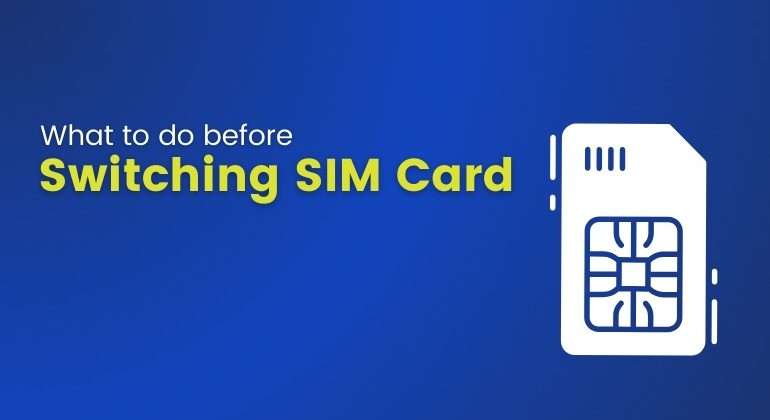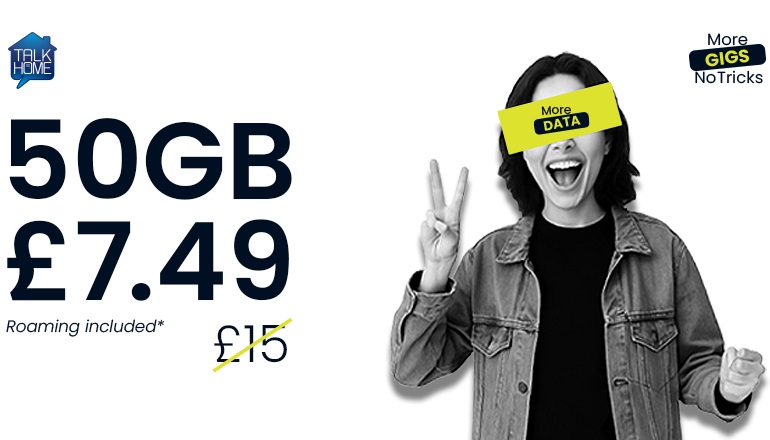Your SIM card might be tiny, but it’s basically the gatekeeper to your entire mobile life.
That little chip holds way more than just your digits; it’s tied to your security, your contacts, and how the whole network recognises you. Jumping in without prepping? That’s asking for headaches, lost info, or even getting locked out. Not cool.
So, what’s actually on that SIM? We’re talking vital stuff. It stores essential network identifiers like your unique International Mobile Subscriber Identity (IMSI), which is basically your phone’s fingerprint for the carrier.
It also holds your Personal Identification Numbers (PINs) – those security codes protecting access to the SIM itself. Understanding what’s on there and why it matters is step zero for a smooth transition. Knowing this helps you protect your data and avoid nasty surprises.
That’s exactly why we’ve put together this guide: your essential checklist for a flawless SIM swap.
We’ll walk you through nine straightforward steps covering everything from backing up your crucial data and managing your security PINs, to porting your number safely and ditching your old SIM without security risks.
Follow these, and you’ll switch like a pro, keeping your digital world intact and your connection seamless. Let’s get you switched over smoothly.
Table of Contents
What is a SIM Card?
Your SIM’s like your phone’s backstage pass. This little chip stores your secret code number, hooking you up to the network so you can hit up friends, text, and scroll using 4G or blazing-fast 5G.
Lose it, and you can’t just grab another. It’s your unique mobile lifeline, keeping you connected.
What is Stored on a SIM Card?
Forget the old days where SIMs held your contacts and apps. Modern phones keep all that stuff – texts, pics, emails, apps – saved directly onboard. So, what’s actually chilling on your SIM chip these days?
Here’s the lowdown:
- Cost Tracker: Estimates your mobile service charges.
- Network Handshake: A unique code proving it’s really you on the network.
- Home Base Code: Shows which country your number’s registered in.
- Quick-Dial Digits: Numbers you call to check stuff like your balance.
- Carrier Label: Displays your mobile provider’s name.
- Text Hub: Routes your SMS messages where they need to go.
- Emergency Unlock: The code that rescues your SIM if you flub the PIN too much.
- Its Own ID: A unique serial number – no other SIM has this one.
- Extra Perks: Holds info for any cool bonus services you’ve added.
Yeah, it’s a tiny thing, but that SIM packs all this essential info making your phone actually work. No cap, it’s crucial.
What Happens When You Switch SIM Cards?
Swapping SIMs? Kiss goodbye to whatever was saved on that old chip. Don’t sweat your photos, apps, or docs though they chill untouched on your phone. Got numbers or addresses stuck only on the old SIM? You gotta grab ’em first. Options:
- Pop the old SIM into any phone and move the data.
- Back it up before you switch.
- Use a dual-SIM phone and run both cards.
Remember, SIM storage is mad tiny (like 8KB-256KB) barely holds 250 contacts max. Back in the day, full SIMs meant frantic saves to phone memory.
Now? Zero stress. Contacts live in the cloud (Google Drive, iCloud), auto-magically popping up on all your devices. Your SIM’s basically just your number, a handful of contacts, and some texts when you switch. Everything else stays on your old phone.
Here are a few additional considerations to keep in mind when transferring your SIM card to a different phone:
- Compatibility: Make sure the new phone fits your network and uses the same SIM size (nano, micro, standard).
- Activation: If it’s fresh on your provider, you’ll probably need to activate it – call them or do it online.
- Costs: Providers sometimes hit you with fees for swapping phones or activating a new SIM. Best to ask them upfront to avoid surprise bills. What to Backup Before Changing a SIM Card?
What to Backup Before Changing a SIM Card?
The most common data on old SIM cards is phone numbers from your contacts list. To back up this information, follow these steps depending on your phone type:
For iPhone

Open the Settings application.
- Tap on Contacts.
- Select “Import SIM Contacts” at the bottom of the menu.
- Choose where you want the contacts to be imported.
Note: iPhones do not store contacts on SIM cards. For transferring contacts between iPhones, it’s better to back them up on your computer or iCloud.
For Android

- Open your Contacts application.
- Select Settings (usually represented by three dots in the upper right corner.
- Tap “Manage Contacts” and then “Import/Export.”
- Choose “Import from SIM card.”
You can also transfer contacts to your Google Account, which provides up to 15GB of free storage. Alternatively, you can transfer contacts to an SD card or a computer.
If you want to know more about transferring your data, it is highly recommended to read our article “How to Transfer Your Data”
What Happens If You Put Your SIM Card in Another Phone?
Your number’s glued to your SIM, not the phone. Slide that chip into another device, and boom – same number, calls, texts, data.
Easy.
But check the size fits! Micro or nano are standard now. Got an old brick-sized SIM? Hit up your provider for a fresh one. No sweat.
Note: Avoid SIM card cloning, as it is illegal in the UK.
Recommended Read: How to Fix SIM Card Inserted but No Service on iPhones
What is an IMSI?
Forget your phone number – your SIM’s real VIP pass is its IMSI (International Mobile Subscriber Identity). It’s got a PIN lock too, making it way harder for thieves. This IMSI is how the network knows it’s your phone and checks if you’re paid up.
So why do people even swap SIMs? Loads of reasons:
- Plan Upgrade: Mostly, folks switch for better deals. Providers drop fresh plans with more data, cheaper calls, or perks like global roaming or family bundles. Who doesn’t want more for less?
- Fresh Start Vibes: Sometimes you just need a clean break – after a messy split or to ditch spam calls. A new SIM and number gives you that privacy reset. Out with the old drama.
- Lost or Stolen: Obvious one. Lose your SIM or phone? You scramble to replace it. Stops creeps using your number and saves your contacts. Get that replacement ASAP.
- Professional Glow-Up: Businesses or hustlers might rebrand. A new number signals a shift – new focus, new audience. It also helps sort your comms, keeping work and life kinda separate.
- Signal Struggles: If your current provider’s signal is trash at home or your fave spots, you bounce. Switch to whoever actually has bars where you need them. Reliable connection = non-negotiable.
- Going Global: Traveling or moving countries? You’ll need a local SIM. Different places use different networks and frequencies. Local SIM = local prices, dodging crazy roaming fees. Stay connected without the bill shock.
Basically, swapping that tiny chip solves big problems or unlocks new perks. Totally legit reasons.
What to Do Before Changing Your SIM Card
Swapping SIMs? Pump the brakes. It’s not just slide-out, slide-in. Skip the headache with this pre-swap checklist:
- Contacts Backup: Imagine ghosting your whole contacts list. Don’t. Sync everything to the cloud (Google, iCloud) or a backup app. Keep your crew saved.
- Vital Numbers: Scribble down absolute must-haves: emergency contacts, key support lines. Can’t risk losing those digits.
- Service Updates: Alert your bank, school, doctor, delivery apps, payment stuff before swapping. Boss move to avoid missing critical alerts.
- Squad Alert: Give your close peeps & fam a heads-up before the switch. Drop your new number so they don’t think you vanished.
- Carrier Choice: Switching providers? Actually compare plans and coverage. Don’t sleep on better deals or features. Do your homework.
- Password Check: Know your logins before the switch. Don’t get locked out of your own life mid-change. Have your recovery sorted.
- Mass Text Blast: Send one text to everyone announcing the switch date and your new number. Keeps everyone looped in, just good vibes.
- Key Player DM: Hit up VIPs (boss, clients, important services) directly. Ensure zero drop in your professional or essential comms.
- Online Account Shuffle: Update your phone number everywhere that sends codes (bank logins, 2FA apps). Pro tip: Temporarily turn off 2FA, update the number, then flip it back on. Avoid getting locked out cold.
Do this, and your SIM swap goes from potential disaster to totally smooth sailing. You got this.
Updating apps like Viber & WhatsApp when swapping SIMs? Here’s the lowdown:
Viber: Stick with your old digits or switch to the new number. Heads up: Reinstalling or reactivating might ping your old number for verification. Don’t lose access!
WhatsApp: Gotta tell WhatsApp your new SIM digits. Switching phones too? Sync your chats to the cloud first – keeps your history safe for transfer.
Crucial: Update your number everywhere that sends login/2FA codes. Pro move: Turn off 2FA temporarily, switch the number, then flip 2FA back on. Avoid a total lockout cold.
FAQs
Bottom Line
Your SIM is low-key your phone’s secret handshake to the world. This tiny chip packs way more than just your digits – think IMSI codes, security keys, your whole network ID. It’s basically your phone’s digital fingerprint.
Swapping it? Prep is key: save your contacts, update banks and apps, give your crew the heads-up, and shop around for carriers. Keep those passwords handy too. Don’t ghost important chats.
Bottom line? That little SIM keeps you plugged in – to your people, your services, everything. Handle the switch right with this know-how, and you’re totally prepped for a smooth move. No cap, you’ve got this.


